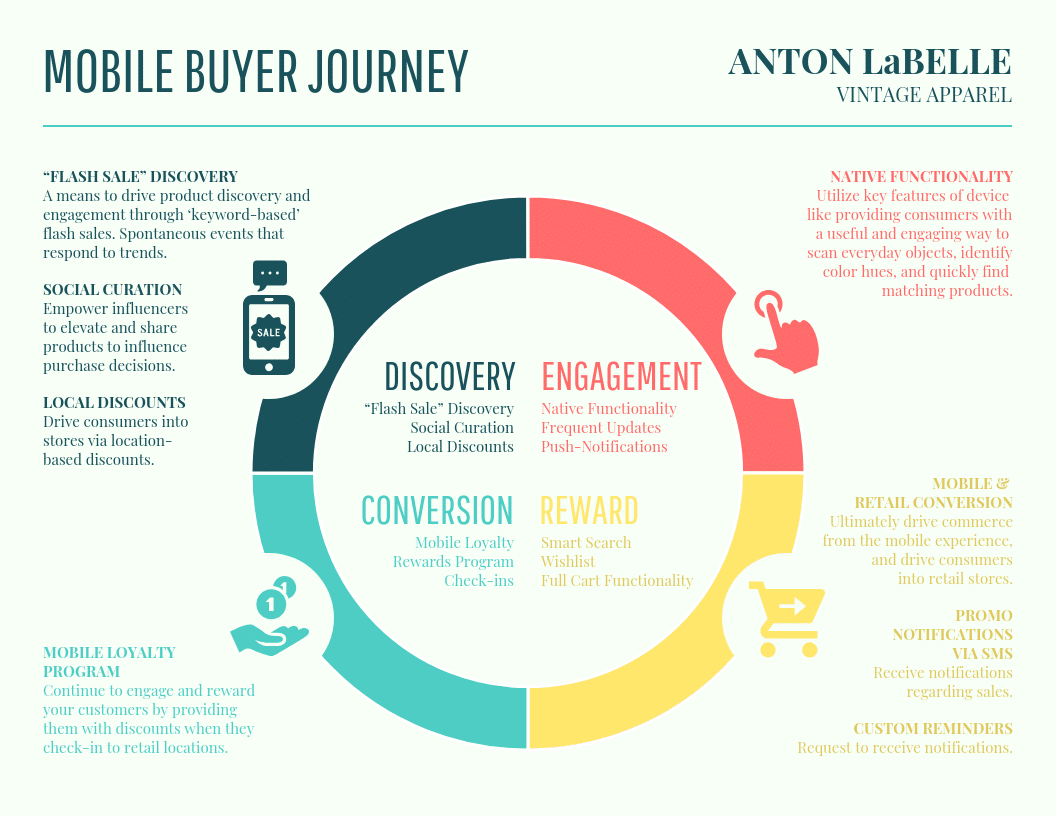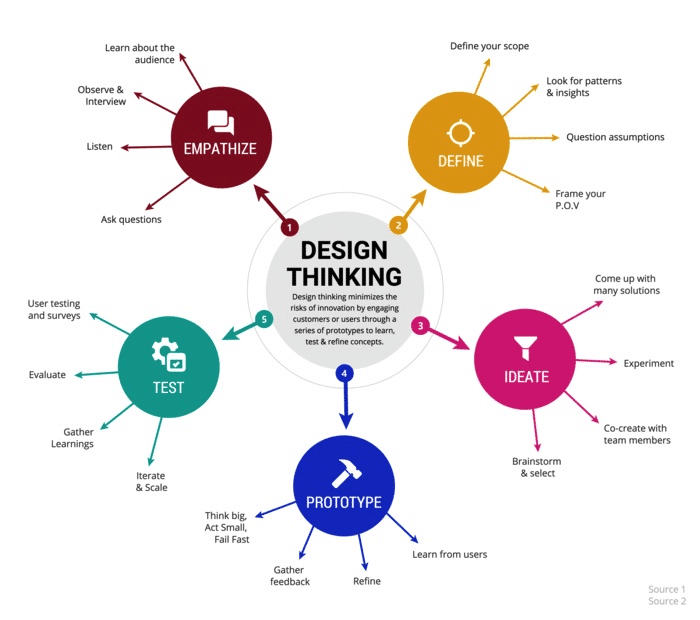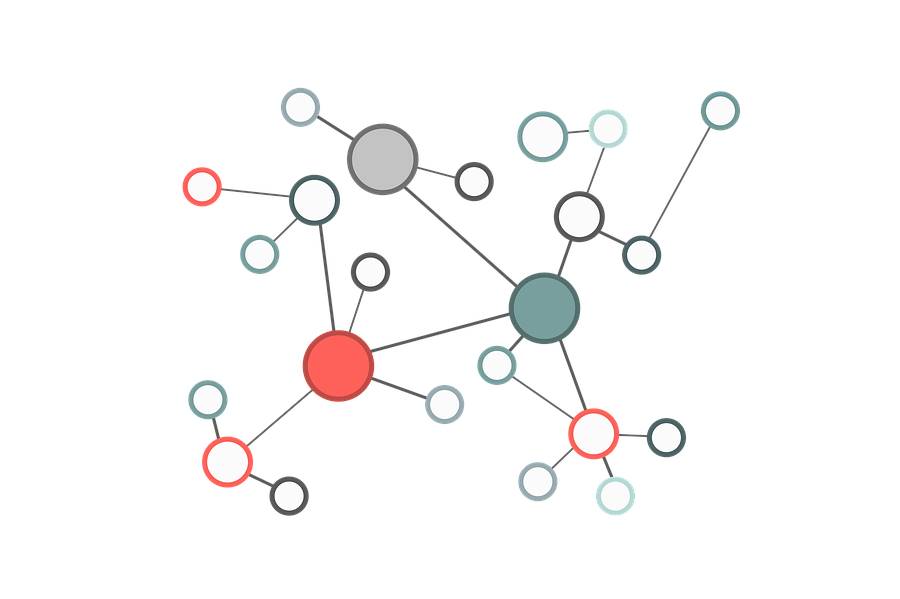The design process is a multi-stage journey involving various individuals, from dissecting client needs and conducting research to concept development, revisions, and ultimately, presenting the final product. Imagine grappling with a mountain of notes or struggling to make sense of fragmented ideas. It’s a clear sign to bring structure to the chaos. This article will illustrate how leveraging mind maps can optimize your design process and enhance your thinking benefits.
Instead of relying solely on conventional work methods, consider incorporating more practical tools that can streamline your design process and boost efficiency. Mind maps are a prime example of such a tool.
A mind map is a visual thinking tool used to capture and organize ideas in a diagram format. The central idea takes center stage, with supporting ideas branching out from it.
Let’s delve into how mind maps can elevate your design process and help you become a more productive designer.
Advantages of Integrating Mind Maps into Design Thinking
- Boosted Creativity: Mind maps act as catalysts for creative thinking by empowering designers to explore ideas in an unrestricted manner. The non-linear structure fosters fresh and diverse ideas that might remain hidden using traditional linear note-taking methods.
- Enhanced Organization: Mind maps provide designers with a clear visual representation of information, allowing them to grasp the overall picture while simultaneously delving into the finer details. This holistic perspective is invaluable throughout the design process, ensuring that no important aspect slips through the cracks.
- Streamlined Brainstorming: Mind maps excel as brainstorming tools. They offer a clear and concise way to capture and categorize ideas, simplifying the process of identifying connections and relationships between different concepts.
- Improved Collaboration: Mind maps serve as excellent tools for collaborative endeavors. Team members can easily share and edit them, fostering smoother communication and collaboration.
- Better Memory Retention: The visual nature of mind maps enhances information retention. Incorporating colors, images, and symbols can significantly improve a designer’s ability to remember and recall information effectively uses Mind Maps design.
1 Generate Ideas
Ideation forms the bedrock of the design thinking process, and brainstorming is one of its key techniques. It hinges on generating as many ideas as possible.
Whether brainstorming solo, with your team, or even remotely, if your sessions involve linearly jotting down ideas, it might be time to embrace a more efficient method.
Employing bubble maps for brainstorming is an effective way to organize, connect, and group ideas. This approach encourages a holistic perspective during the ideation phase, leading to a greater volume of generated ideas.
Take a look at this bubble map template, which effectively visualizes ideas. Observe how color coding distinguishes different idea categories.

Source: Venngage
2 Structure Your Research to Elevate the Design Process
According to a Telepathy article, “design research allows for the exploration and definition of highly abstract concepts. It reduces guesswork, miscommunication, and inefficiencies in the development process through prioritizing early-stage testing and definition.”
This underscores the pivotal role research plays in the design process and thinking uses of mind maps.
How do mind maps contribute here? Firstly, they enable the identification of opportunities and the organization of data.
For instance, imagine you are a UX designer conducting user research. A mind map can help outline survey questions and integrate research findings.
This approach grants a panoramic view of the situation, allowing for the identification of gaps and the implementation of insights during the design process.
Here’s a buyer journey map template that categorizes different stages.

Source: Venngage
3 Visualize the Design Project Plan
Given the demands of planning, coordination, and expectation management, designers are also expected to excel as project managers.
After finalizing the design project plan with your team, it’s crucial to communicate it effectively to internal stakeholders or clients.
This is where a project management mind map shines. It visualizes the project, highlights the involved steps, and ensures everyone is on the same page.
Consider this project mind map, which outlines project goals and uses colored boxes to differentiate each step.

Source: Venngage
4 Showcase the Design Concept to Enhance the Design Process
Developing a brilliant design concept is only half the battle; ineffective presentation can lead to client rejection.
A strategy mind map offers a compelling way to communicate strategy, present concepts, and enhance comprehension while keeping readers engagement. Incorporating one into your client presentation or report effectively breaks down the overarching concept and provides essential context.
This allows the client to grasp the reasoning behind your strategy, increasing your chances of persuasion.
Here’s a strategy map template that breaks down information into digestible chunks, facilitating a clear understanding of the big picture.

Source: Venngage
In Conclusion: Integrate Mind Maps to Improve Your Design Process
From initial ideation to the final client presentation, mind maps can be utilized for various purposes throughout the design process.
In essence, when employed effectively, mind maps are powerful visualization tools that not only enhance comprehension but also boost productivity and foster team collaboration.
___________________________________________________________________________
Simki Dutta is a content marketer at Venngage, a free infographic maker and design platform. When she’s not working, she refreshes her Twitter feed and binges-watches Netflix shows.
